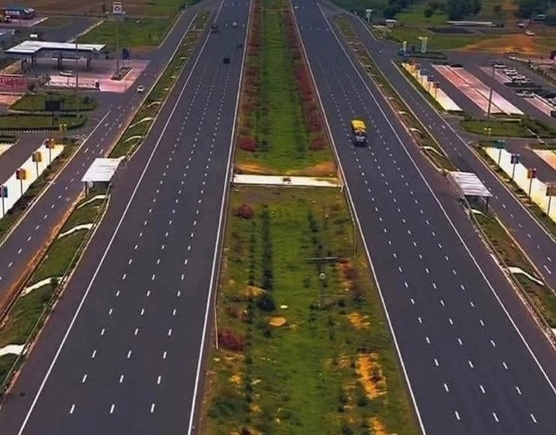.jpg&w=3840&q=100)

Kenya may end up enjoying just a few weeks of rain for the remainder of the year, followed by a hot and dry January, the weatherman says.
The forecast tallies with a new United Nations report that has named Kenya among the countries likely to experience severe hunger early next year.
David Gikungu, director of the Meteorological Department, blamed the delayed rains on a phenomenon called a negative Indian Ocean Dipole, which refers to cold waters in the Indian Ocean near east Africa.
This causes dry weather in the region. “The delayed onset is as a result of the negative Indian Ocean Dipole that has been developing over the past few weeks,” he said.
Gikungu said the rains will trickle in next week or the second week of November in most places. The areas where rains will be depressed include Coast, northeastern Kenya, the entire of eastern Kenya and Mt Kenya.
“Rainfall is anticipated to be below the November-to-January long-term mean across most areas, except for the northern parts of Turkana county, where near-average rainfall is expected.
Temperatures are likely to be warmer than average throughout the country,” he said.
Gikungu said La Nina, which has in the past caused drought in east Africa, was also partly responsible for the expected depressed rains.
He warned the dry weather will affect crop production. “Forecasts suggest that weak La Nina conditions may develop from November and persist into early 2025,” Gikungu said.
“Both La Nina and a negative IOD typically result in below-average rainfall in Kenya.”
The Lake Victoria basin, highlands west of Rift Valley, central
and south Rift Valley, as well as
northwest and isolated areas over
northeast are likely to get near-average to above-average rainfall.
This region comprises the counties of Trans Nzoia, West Pokot,
Kericho, Bomet, Nandi, Uasin Gishu, Elgeyo Marakwet, Kakamega,
Vihiga, Bungoma, Kisii, Nyamira,
Kisumu, Homa Bay, Migori, Siaya,
Busia, Nakuru, Narok, Baringo,
westem Laikipia, Turkana and
parts of Samburu.












